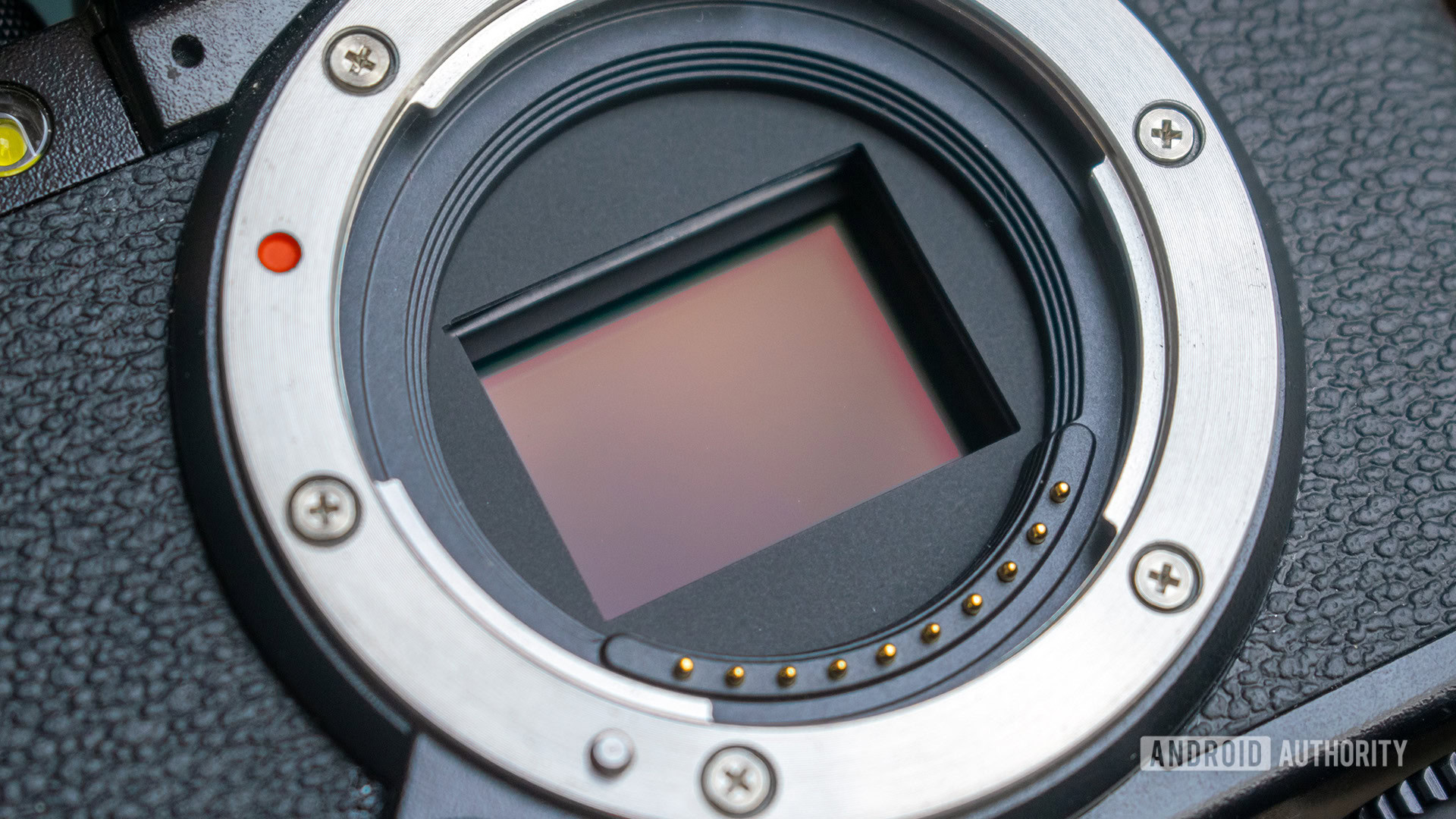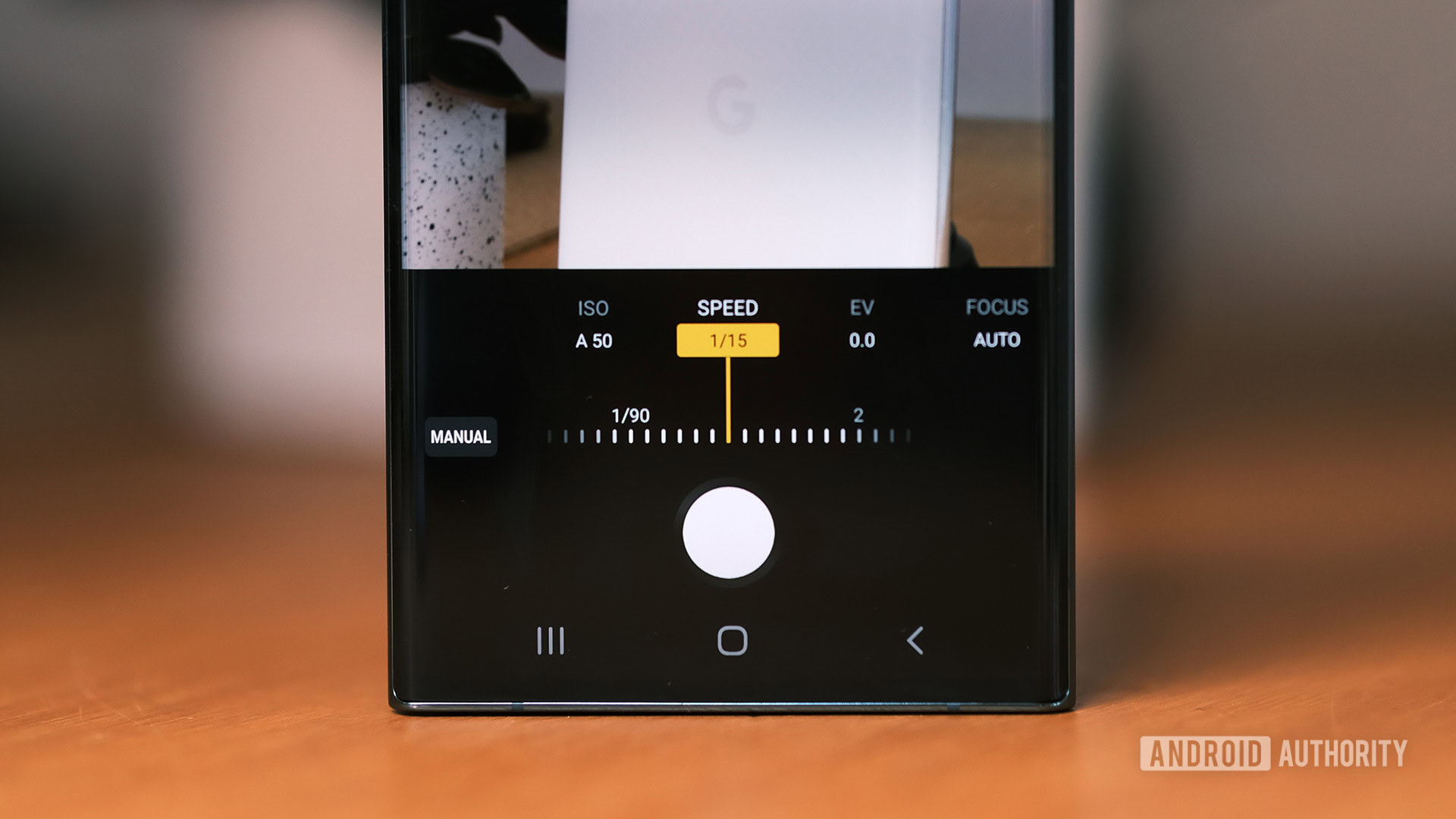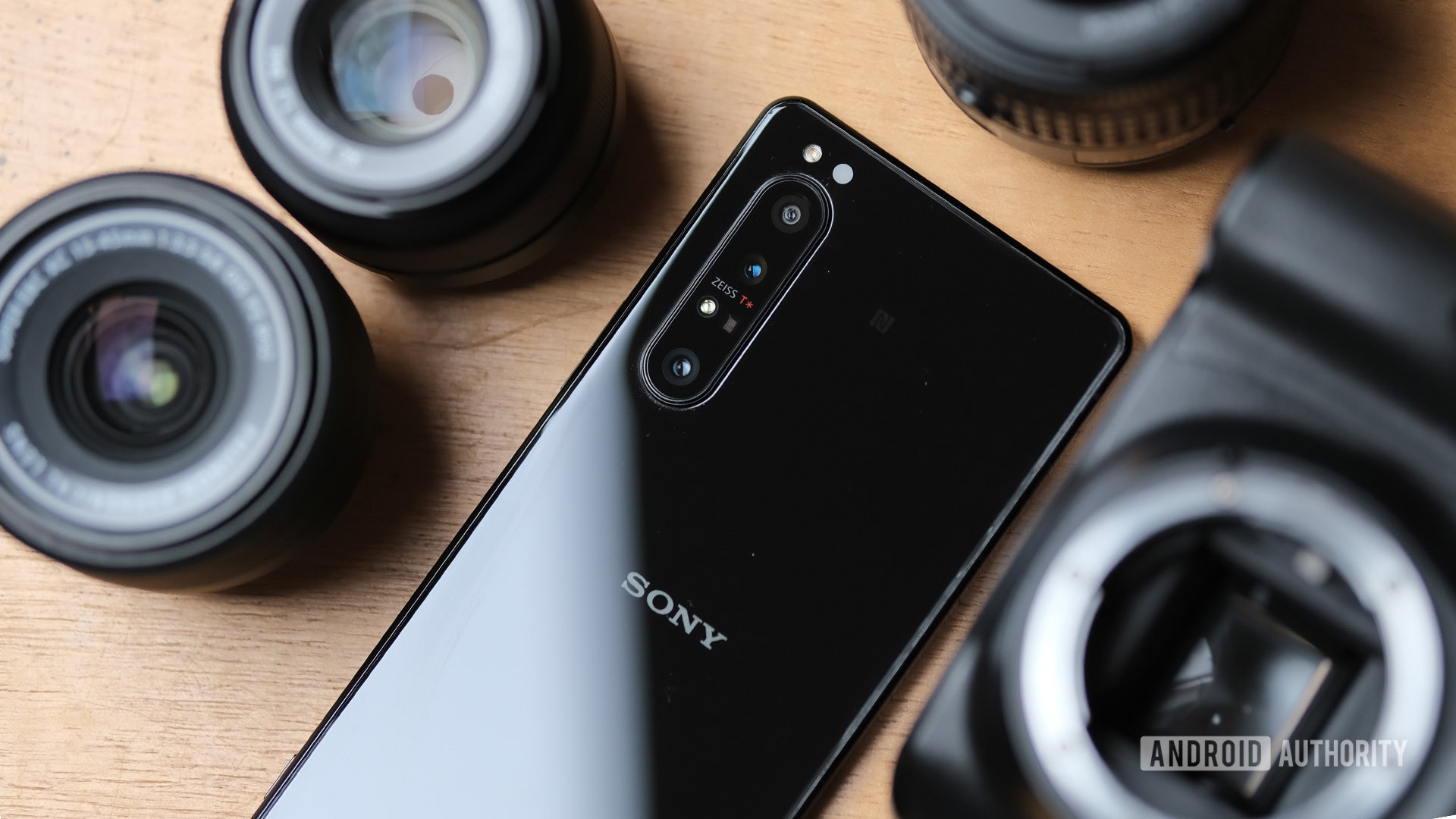Affiliate links on Android Authority may earn us a commission. Learn more.
200 megapixel phones are on the way, is it time to embrace the hype?
Published onAugust 28, 2022

Just as we’d wrapped our heads around 100MP cameras, the megapixel wars reignite to bludgeon us into accepting bigger numbers must be better. Those with lenses fixed on photography may have spotted that Omnivision recently announced its first 200-megapixel OVB0A sensor.
Sporting a colossal 16,384 x 12,288 pixels in a reasonably sized 1/1.395-inch package, 100% quad phase detection (QPD) technology, 16-cell pixel binning, 4K 120fps video readout, and 8K HDR capabilities, there’s a lot of healthy-looking numbers to sink your teeth into here. Impressively, yet also perhaps somewhat concerningly, each pixel measures just 0.56µm across. That’s smaller than the wavelength of red light.
Background: All the photography terms you ever need to know
Omnivision’s gargantuan pixel count joins the Samsung Isocell HP1 and Isocell HP3 as the highest-resolution sensor designed for smartphones. With the Samsung Galaxy S23 Ultra rumored to sport an as-yet-unannounced Isocell HP2, it might not be too long until our first taste of ultra-high-resolution mobile photography. But should you embrace or be wary of the hype?
Why you should embrace 200MP

Let’s get to the good bits first. 200 megapixels is a huge amount of data, and, as Omnivision and Samsung love to tout, this means more pixels for high-res photography and video. However, 200MP is overkill even for 8K video (which only needs 33MP and is itself a bit of an overkill format), and you’re not going to see crystal clear 200MP snaps, no matter what the marketing departments would love to tell you.
No, resolution is rarely the reason to keep an eye on these 200MP sensors. Instead, you need to look closer at what else these sensors are capable of doing. For instance, pixel binning is a major part of the way these sensors function. Omnivision and Samsung support 4-cell and 16-cell binning, taking you from 0.56µm to 1.12µm and 2.24µm effective pixel sizes, respectively. Although these pixel-binned sensors don’t capture as much light as a native pixel of the same size, this flexibility allows phones to produce higher resolution images in good light and less noise at the expense of resolution in dim light. Likewise, the addition of 2×2 OCL PDAF helps to ensure fast and accurate autofocusing even at higher resolutions.
Look past the resolution — there's potential for higher frame rates and better HDR too.
Higher resolutions also require higher bandwidth to move data over to your phone’s processor, and this bandwidth can be leveraged to output lower resolutions at higher frame rates. Omnivision’s OVB0A, for instance, can do 200MP at 8fps, 50MP at 30fps, or 12.5MP at 120fps with the help of pixel binning. That has you covered for 8K 30fps and 4K 120fps without any software interpolation needed, as well as burst photography at decent resolutions.
See also: The best camera phones money can buy
Frame rate and data throughput are also important when it comes to HDR. With staggered HDR now supported in high-end sensors and processors, quickly reading out lines of data is important to avoid artifacts, especially at high resolutions. Omnivision touts 4K/60 video with 2‑exposure staggered HDR timing, for instance. We’ve also seen implementations make use of multiple exposures from adjacent pixels for instant HDR snaps without any read-out delay. Pixel dense, binned sensors make ultra-sharp HDR snaps and high-quality HDR video more feasible. Granted, though, these problems can also be solved with faster, lower resolution sensors too, so aren’t exclusive to these 200MP products.
The TLDR is that 200MP cameras are just as much about shooting flexibility and features as they are about resolution.
And why you shouldn’t

As with all technologies, where there’s a pro, there’s so often a con, and that’s definitely the case as we rate 200MP smartphones. The big issue with these sensors is their tiny pixel sizes.
We’ve covered this at length before, sufficient to say that smaller pixels are more prone to noise and poor dynamic range. While combining data from adjacent pixels helps, there are still cell walls that reflect and block some of the light that would otherwise make it to a larger pixel. Simply put, a native 2.24µm pixel will capture more light than a 2.24µm pixel-binned equivalent. There’s also the question of whether the accompanying lenses can even focus light sharply enough to resolve 200MP on such a small area. Tiny camera sensors are diffraction-limited at larger aperture values, requiring wider aperture lenses that are notoriously difficult to construct without distortion. Hence why we don’t put much stock in the image quality of these very high-resolution shooting modes.
8K video sounds nice, but it's pointless if the sensor can't resolve the resolution sharply.
In that sense, the push for higher resolutions is somewhat at odds with other trends in the industry, notably the drive for superior low light video performance, particularly at 4K and 8K. Smaller pixels aren’t going to help here, even with the binning claims. These image sensors also aren’t any larger than the industry’s biggest, which have been pushing closer to the 1-inch mark in the pursuit of superior light capture for nighttime photography. In other words, more megapixels certainly doesn’t automatically solve the industry’s bigger pain points.
Read more: Sony predicts phones to soon overtake DSLR cameras — is that really likely?
There are also more innovative smartphone camera photography solutions to pay attention to than just cramming in more pixels. The Sony Xperia 1 IV’s variable focal length periscope camera, for instance, offers greater zoom flexibility from just a single sensor. Taken to the next level, we might eventually be able to do away with dedicated zoom cameras altogether. Other brands, such as OPPO and Google, are investing in custom image processing pipelines to run bespoke algorithms ranging from noise reduction to 4K video processing. Not to mention the seemingly never-ending advances in computational photography that are making our pictures look better without any effort on our part.
More megapixels are nice to have, of course, and just like we were so-so on the introduction of 100MP sensors, 200MP-equipped smartphones are undoubtedly on the way. Whether they take mobile photography up another level or are just marketing fluff remains to be seen. In the meantime, we’re keeping our eyes on some of the other exciting innovations happening in the smartphone camera space.